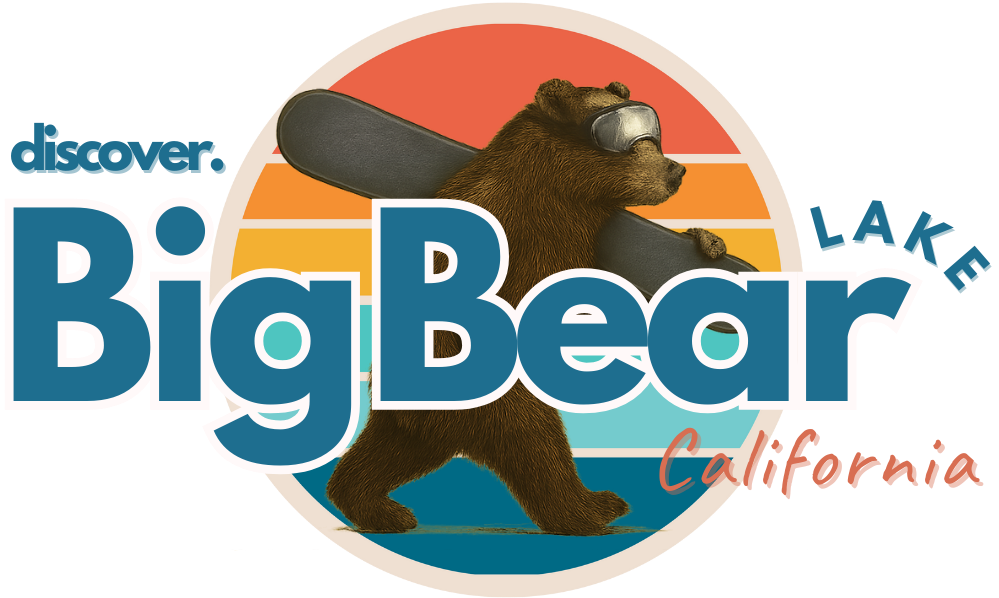About Big Bear Lake
History of Big Bear Lake
Big Bear Lake has a rich history that spans thousands of years, beginning with the indigenous Serrano people who inhabited the region. They called the area Yuhaviat, meaning "Pine Place." The Serrano people relied on the abundant natural resources of the mountains and the lake for sustenance and lived in the region for generations.
Later, European exploration introduced the area to settlers, and it was named after an encounter with a grizzly bear. The Gold Rush brought prospectors to nearby Holcomb Valley, followed by a shift towards logging. The construction of the Bear Valley Dam created Big Bear Lake, which quickly became a popular tourist destination due to its natural beauty.
Today, Big Bear Lake continues to thrive as a year-round recreational spot, offering a charming mountain atmosphere and preserving its rich history while captivating visitors with its scenic wonders.
About the lake
Big Bear Lake spans approximately 7 miles in length and boasts a surface area of around 3,000 acres. While its average depth hovers around 35 feet, the lake's deepest point reaches an impressive 72 feet. For 2023 the lake has hovered between 55 and 65 feet. There is approximately 22 miles of shoreline, some of which can be accessed from the road or parks. The mild winters provide that the lake does not freeze over, resulting in wintering of bald eagles in Big Bear Lake.


